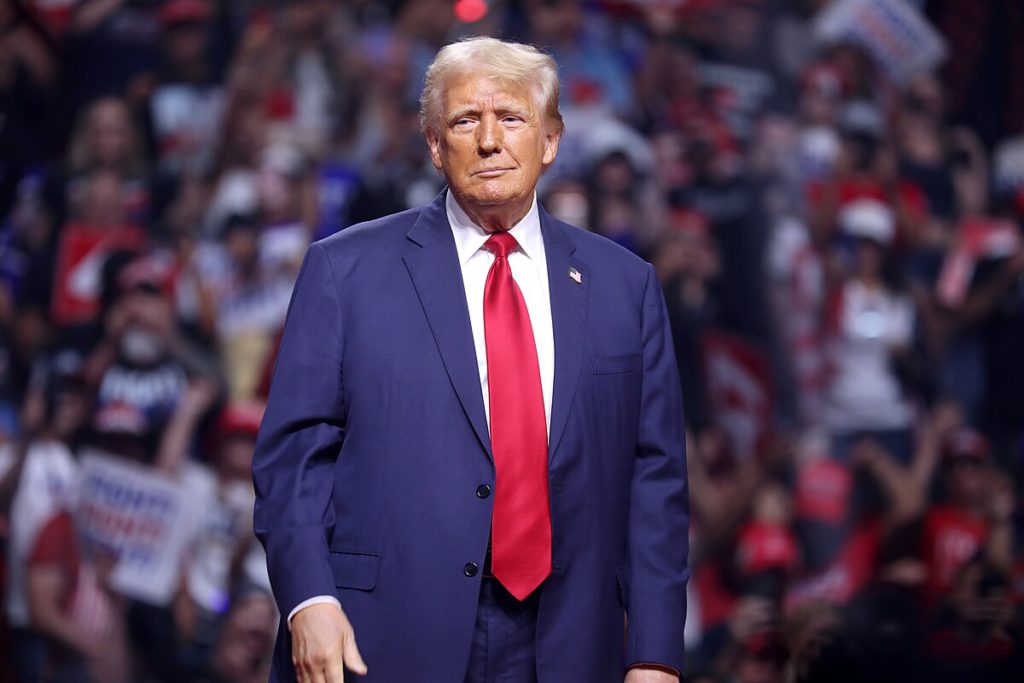US buyers face higher costs if Trump pursues copper, aluminum tariffs

President Donald Trump’s threat to impose tariffs on US copper and aluminum imports will result in higher costs for local consumers because of a shortfall in domestic production, analysts and industry participants said on Tuesday.
In a speech on Monday, Trump said he would impose tariffs on aluminum and copper – metals needed to produce US military hardware – as well as steel, to entice producers to make them in the United States.
“We have to bring production back to our country,” he said.
The threat of levies on US imports triggered buying on COMEX, where copper prices rose 0.9% to $4.2705 a lb, or $9,415 per metric ton, widening the premium over copper on the London Metal Exchange (LME) to $389 per ton.
The United States imports 38% of its copper needs and is highly dependent on aluminum imports, with supplies from other countries such as Canada and Mexico covering 82% of its annual consumption, according to BNP Paribas.
“In the US, manufacturers will have little choice but to pass on higher costs from imports to consumers until the downstream industry (refining/smelting) has undergone suitable investment,” said Natalie Scott-Gray, senior metals analyst at StoneX.
US aluminum and copper smelters have been closing and would need new infrastructure and power contracts to restart, among other measures, said analyst Daniel Morgan at Sydney investment bank Barrenjoey.
Change to trade flows?
Trump won the US presidency in November vowing to lower costs for consumers, but analysts say his plan for tariffs on imports may undercut this pledge.
It was not clear how broadly the tariffs could be applied, but several mining CEOs have previously said they are preparing for different scenarios as markets brace for a potential change to trade flows.
Aluminum producers in Canada such as Rio Tinto and Alcoa would be unlikely to take revenue hits, instead the costs would likely be rolled to automakers who would then pass them to US consumers, Morgan added.
Rio Tinto declined to comment.
An Alcoa spokesperson pointed to comments from CEO William Oplinger from a results call last week that flagged the potential for “wide ranging effects on supply, demand and trade flows”. He estimated that a 25% tariff on current Canadian export volumes to the US could represent $1.5 billion to $2 billion of additional annual costs for US customers.
An executive at India’s top mining lobby group noted the US is the biggest export market for its aluminum, and it expects India’s government to try to persuade Trump not to issue any levies.
“If Trump imposes tariffs, it will have an adverse impact particularly on aluminum because Europe is already on path to impose a carbon tax and the UK might do it too,” said B.K. Bhatia, additional secretary general at the Federation of Indian Mineral Industries.
US physical aluminum premiums, which have been elevated in recent months, could rise further if import tariffs are imposed, BNP Paribas said.
On copper, John Fennell, CEO of the International Copper Association Australia, said any tariff on imports to the US would impact its industry given the country is a net copper importer, although it may hasten the development of new mines such as Rio Tinto’s Resolution in Arizona.
Freeport-McMoRan CEO Kathleen Quirk said last week the miner would not be affected by copper tariffs as they sell all their US copper domestically and their Indonesian metal goes to Asia. But she worried about the potential inflationary effects of such tariffs.
In Japan, the world’s third-largest steel maker, steel and aluminum tariffs during Trump’s previous term had a limited impact, noted Tomomichi Akuta, senior economist at Mitsubishi UFJ Research and Consulting.
“The majority of Japan’s steel exports are value-added speciality products. And since value-added products were excluded, we expect a similar approach this time,” Akuta said.
“These value-added products are difficult to substitute, making them less likely to be targeted.”
(By Melanie Burton, Yuka Obayashi, Neha Arora, Ernest Scheyder, Polina Devitt and Eric Onstad; Editing by Christian Schmollinger and Christina Fincher)
{{ commodity.name }}
{{ post.title }}
{{ post.date }}


Comments